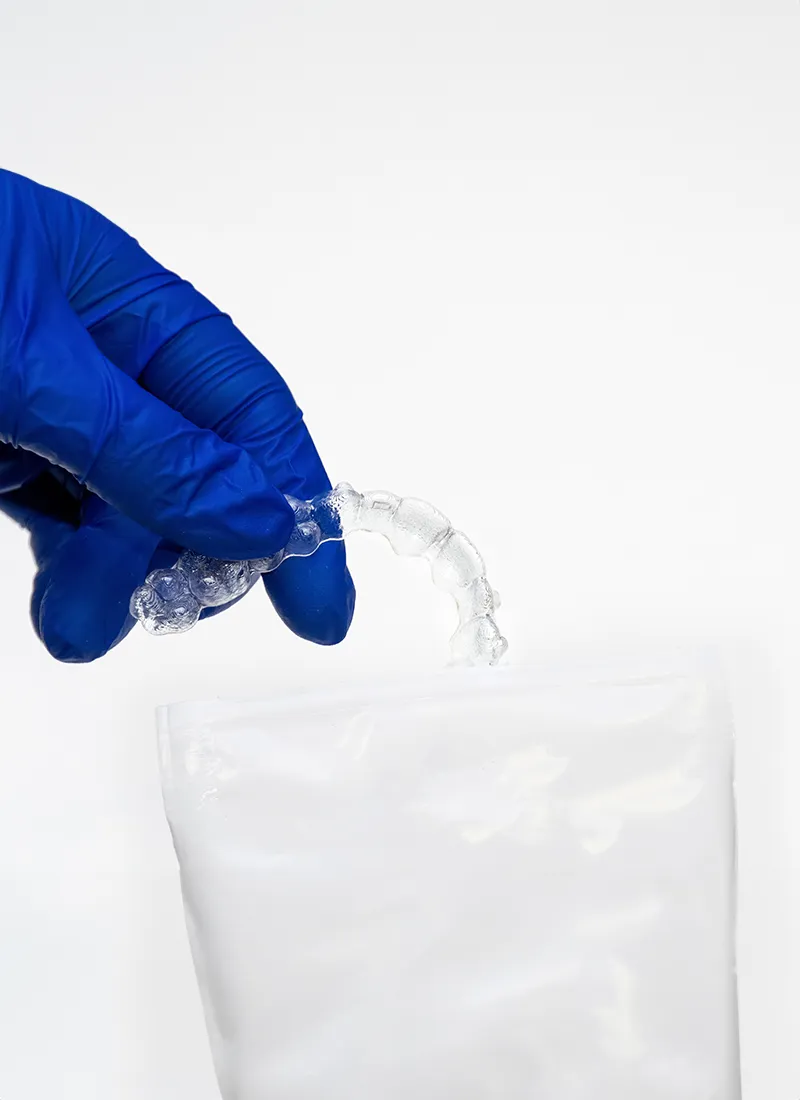3D-Printed Clear Aligners
Comfortable tooth movement solution
Convenient and comfortable orthodontic treatment for a confident and perfectly aligned smile.
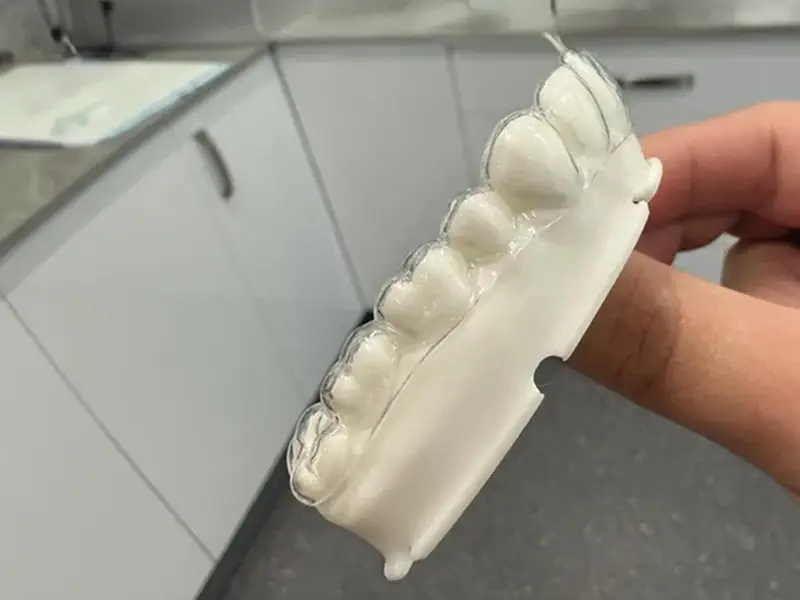
3D-Printed Clear Aligners
Comfortable tooth movement solution
What are 3D-printed clear aligners?
When people want to straighten their teeth gradually without the process appearing obvious to those around them, they may consider 3D-printed clear aligners. Unlike traditional braces, these discreet orthodontic devices are nearly invisible, making them an attractive option for those who want to keep a natural appearance during their orthodontic treatment. Made from transparent, smooth plastic, they are custom-made for each patient to ensure a snug fit and optimal tooth movement.
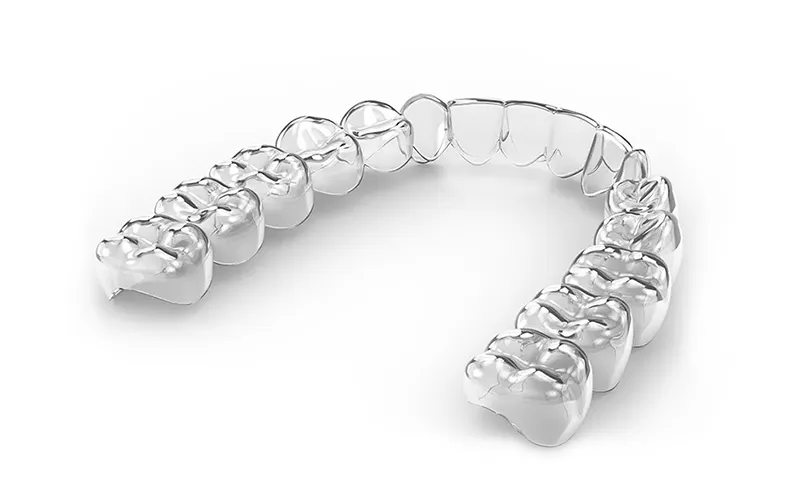
Types of orthodontic problems
Clear aligners are highly effective in treating different orthodontic issues, particularly mild to moderate cases. Here are some common problems that clear aligners can successfully address:
Crowded, crooked, or misplaced teeth: Clear aligners gradually reposition crowded, crooked or misaligned teeth by applying gentle pressure, encouraging them to move into their proper places.
Protruding teeth (overbites): Overbites, where upper front teeth extend beyond the lower front teeth, can be corrected using clear aligners. These aligners help achieve more balanced positioning of the upper and lower teeth.
Underbites: Clear aligners effectively address underbites, where lower front teeth protrude beyond the upper front teeth. They guide the lower teeth backward, achieving a more balanced bite.
Deep bites: Clear aligners can correct deep bites where the upper front teeth excessively cover the lower front teeth. They guide the teeth into a more balanced and functional arrangement.
Jaw and/or facial asymmetry: In cases of jaw or facial asymmetry, clear aligners contribute to the correction by strategically moving the teeth, resulting in a more symmetrical and aesthetically pleasing facial structure.
Excessive spacing between the teeth: Clear aligners are versatile and can close gaps between teeth as well as address cases with excessive spacing. They work to bring teeth closer together, creating a more uniform and attractive smile.
Realignment of the teeth before dental procedures: Clear aligners can be used for preliminary realignment before dental procedures like veneers, crowns, implants or dentures. This ensures that the teeth are properly positioned, providing a solid foundation for subsequent dental work.
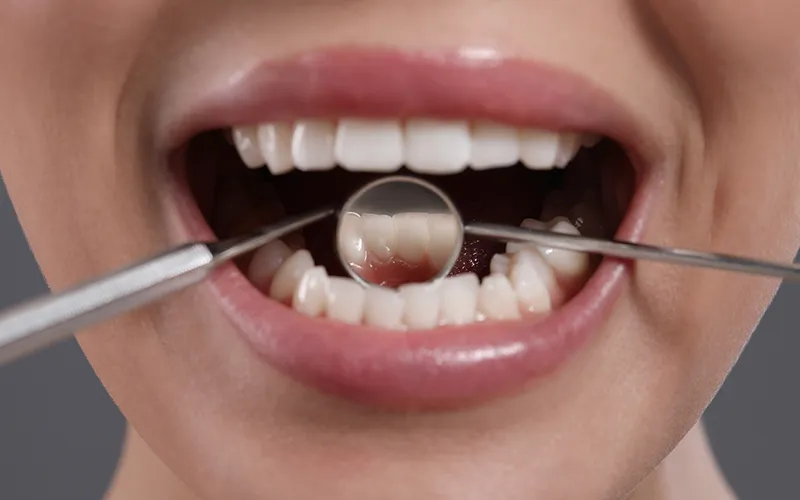
Benefits of 3D-printed clear aligners
Comfort
3D-printed clear aligners are made from a smooth, flexible material which minimises gum irritation. Designed to be thin and light, they eliminate the bulky feeling of traditional braces to give you unprecedented comfort throughout your treatment.
Aesthetics
When you wear your 3D-printed clear aligners, they are virtually invisible. This means you can confidently showcase your smile throughout the entire treatment duration. Even as your teeth become better and better aligned, those around you probably won’t be able to pick how it’s happening. Whether your realignment is subtle or significant, your results will stand out but your orthodontic device will not.
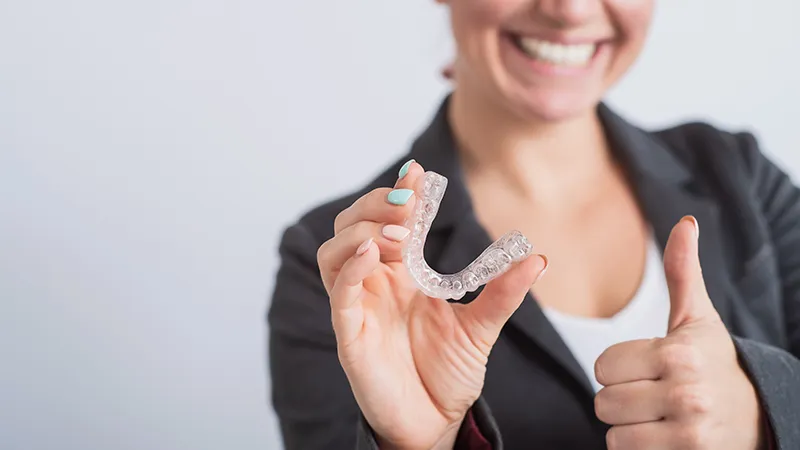
Accuracy
Utilising intraoral scanners, digital design and 3D printing technology, clear aligners ensure a precise and snug fit to your teeth. This high degree of precision enhances the efficiency of your treatment, providing optimal results.
Removability
3D-printed clear aligners offer convenience by being easily removable and cleanable. Take them out for eating, drinking and oral hygiene, and simply put them back in when you’re finished.
Predictable results
Smile simulation software, integrated with 3D printing technology, allows for the production of a series of aligners that follow a predictable pattern to optimally move your teeth. This technology allows us to track your progress throughout the treatment, providing you with a clear understanding of the expected treatment duration.
How does the entire 3D-printed clear aligner process work?
1. Digital Impressions:
Our process begins with advanced intraoral scanners, ensuring precise digital impressions of your teeth. These impressions serve as the foundation for creating detailed 3D models, providing an accurate representation of your current tooth alignment.
2. Treatment planning:
Using digital smile simulation software, we plan the step-by-step movement of your teeth. This digital treatment plan outlines the progression from your current tooth positions to the envisioned final alignment, ensuring a clear roadmap for your smile transformation.
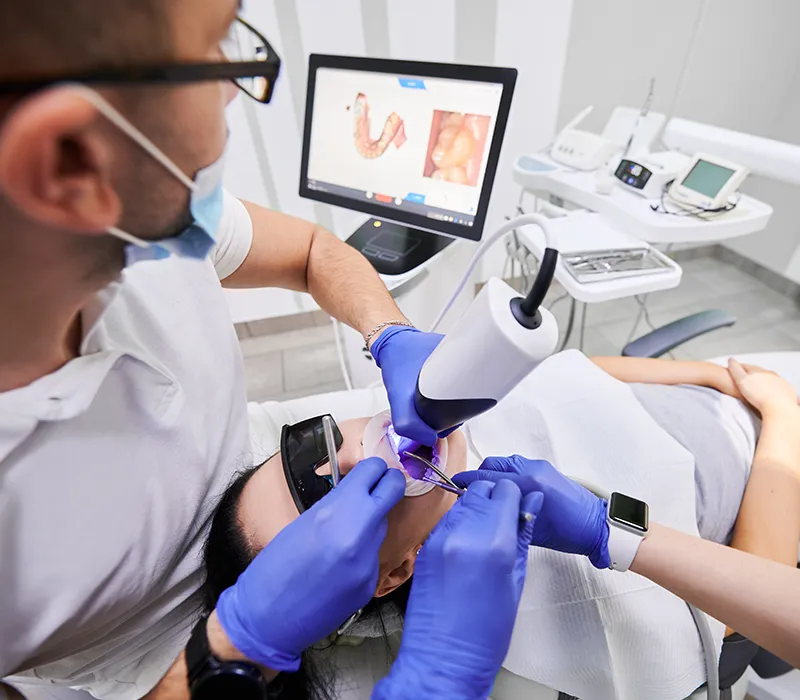
3. Clear aligner production:
Next, we will send the digital impressions to a dental lab, where the 3D printing will take place. Clear aligners can be produced through direct 3D printing or via vacuum thermoforming using 3D-printed models. Here are the basic steps so you can get an idea of how aligners are made:
Direct 3D printing of custom-fitted clear aligners:
3D printing: A clear and biocompatible plastic material suitable for aligners (e.g., medical-grade resin) is used for printing. The designed aligner models are then sent to a dental 3D printer. These printers use a process called stereolithography (SLA), which utilises a laser beam to cure the resin layer by layer, building the aligner tray one thin layer at a time.
Post-processing: After printing, the aligner trays are delicately separated from the support structures. Excess resin is then trimmed away, and the edges are polished for a comfortable fit and to prevent irritation. Subsequently, rigorous quality control measures are implemented to check dimensional accuracy, surface finish and overall quality before shipment to your dentist.
Vacuum thermoforming clear aligners using 3D-printed models:
3D printed models: Physical models of your teeth are created through 3D printing, ensuring an exact representation of the planned treatment. Post-printing, the models are washed, dry, inspected and post-cured, ensuring they meet quality standards.
Vacuum forming: A clear plastic sheet is heated until it becomes pliable (e.g., polyethylene terephthalate glycol or PETG). With precision, the heated plastic sheet is placed over the physical mould of teeth. Using a dental vacuum thermoforming device, the pliable plastic is shaped into the precise form of the aligners.
Finishing touches: After forming, the aligners are trimmed and finished for comfort and effectiveness.
4. Patient treatment and follow-up:
Once ready, you’ll pick up your personalised series of 3D-printed clear aligners based on your treatment plan. We will schedule regular check-ups to closely monitor the progress of your treatment. If necessary, adjustments to your treatment plan will be made based on your unique response.
When your desired tooth alignment is achieved, we may recommend and provide you with retainers for the retention phase, ensuring the longevity of your beautiful, straightened smile.
